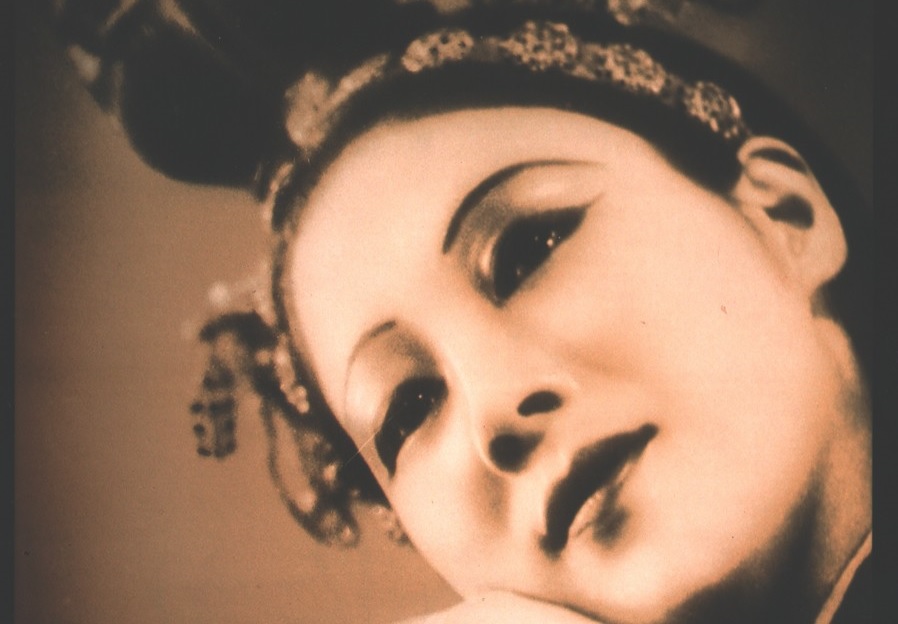Choi Seung-Hee, a legend of Korean modern dance
Mr. Jung Sung-gil, collector of more than 3,000 photo negatives of Korean history and culture from 1876 to 1970, exhibited recently a few original pictures of Choi Seung-Hee (Nov 24, 1911 – Aug 8, 1969), a leading Korean modern dancer.
Choi Seung-Hee, born into a yangban-class family in Seoul, Korea, during the Japanese occupation, was also known by the Japanese pronunciation of her name, Sai Shōki. At the age of fifteen, after she graduated from Sookmyung High School she went against her father’s wishes and left to study under modern dancer Baku Ishii in Japan, where she distinguished herself as one of the most talented dancers. She developed her own modern dances inspired by Korean folk dances and tradition.
Not only supported by Japanese intellectuals including Yasunari Kawabata, she also corresponded with both Jean Cocteau and Pablo Picasso. As a vocalist she made recordings at Taepyeong Records and Kirin Records (in Manchukuo) before making her 1936 album Garden of Italy at Columbia Records Japan.
After the end of World War II, she went to North Korea with her husband, who was an active supporter of the Workers’ Party of Korea. She established a dance school and was given an official position within the North Korean administration. She also taught as a professor at a performing arts university in China, 1951-1952.
In 1951, she was asked to visit Beijing to perform for Chinese premier Zhou Enlai. However, in 1967, she was purged by the party, and disappeared from public view. On February 9, 2003, an official announcement was made that she had died in 1969, and a monument was constructed proclaiming her a “People’s Actress”. Issues surrounding her death remain undisclosed.
Choi is recognized as one of the world’s finest performers from the first half of the 20th century. In 1999, the dancer was named one of the top 20 artists to shine upon Korea by the Korean Association of Art Critics.

1. Choi during the tour performances in Manju, China © Gulmaru Seoul Korea, Jung Sung-gil

2.Backside of the photo, written by Choi Seung-Hee’s own handwriting, ‘Sohwa 16th year (1941) 23th May after the performance during the Tour in Manju’ © Gulmaru Seoul Korea, Jung Sung-gil

3. Choi dancing Hwa-gwan Dance (crown dance) © Gulmaru Seoul Korea, Jung Sung-gil

4. Choi dancing Bosal Dance (Bodhisattva in Buddhism) – wearing a daring costume for that time © Gulmaru Seoul Korea, Jung Sung-gil









